When I was 23, I developed an inguinal hernia on the left side of my groin while doing overhead presses in the gym.
At first, it was very painful and hard to get the bulge in. A little research revealed it was a hernia — and everything online said hernia = surgery. I also read that after surgery, one should avoid lifting weights. That was discouraging, so I stopped training altogether.
However, over time, the hernia kept coming out more easily, and a gentle push would slide it back in. After a little over two months, when it became easy for the hernia to slide in, I cautiously started lifting weights again.
The Second Blow
A year later, in the year 2012, I joined IIT Madras for my M.Tech in Computer Science and Engineering. I was living in the hostel and was having pretty hectic academic schedule. I continued working out in campus gym atleast 3 times a week.
One day, again after overhead presses, another hernia developed on the right side of my groin. This time, it was even more painful to get the bulge in. The right one however, won’t slide back in easily and I have to lie down hours before it will slide back in. Further, everytime right hernia comes out, left hernia would also comes out. It used to be very painful everytime it happened.
It seemed surgery was inevitable. However, it was difficult to take break from the academics. Masters involved two semesters of coursework and two semesters of research. Every hour was precious.
I managed classes and research, wearing tight underwear and walking very slowly. Seemed life came to an end as I was used to live an active life. Even after every precaution, both hernias would slide out in hours with right one causing lot of pain.
Turning to Yoga
Instead of giving up, I decided to try yoga. I began practicing two poses regularly:
- Sarvangasana (Shoulder Stand)
- Navasana (Boat Pose)
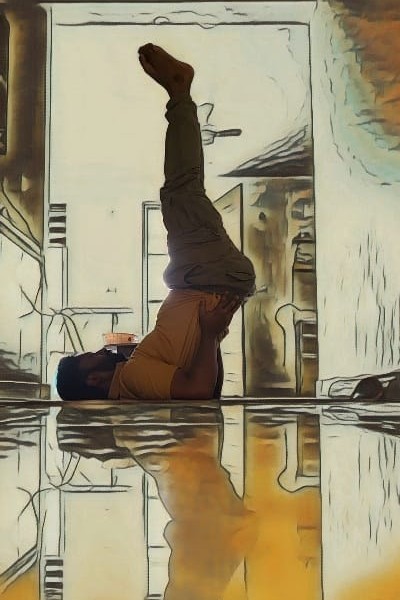 | 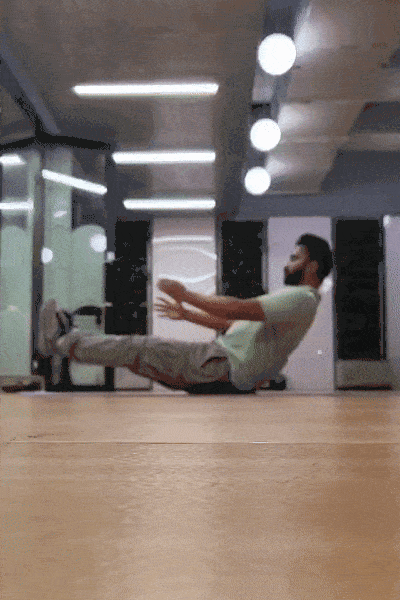 |
Six months into consistent practice, I noticed something remarkable: my right-side hernia was no longer slipping out. It felt like the defect had closed or at least was being held strongly in place.
Rediscovering Strength Through Calisthenics
Encouraged, I started calisthenics — bodyweight training that focuses on core stability and strength. Moves like:
- Toes to Bar
- L-Sit Pull-Ups
- Headstands and Handstands
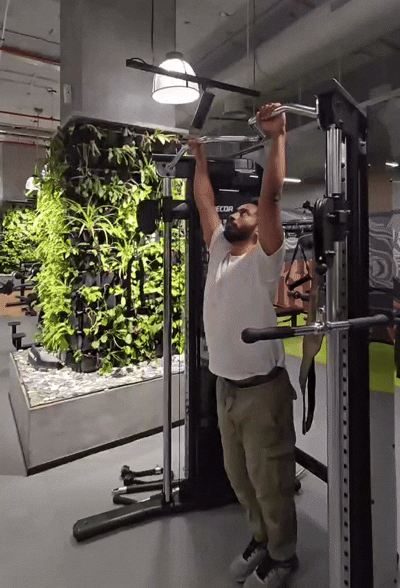 | 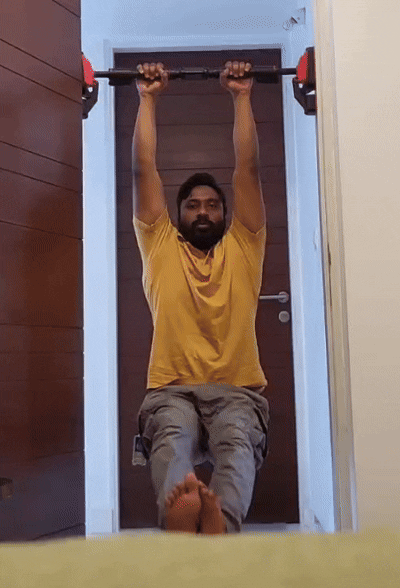 |
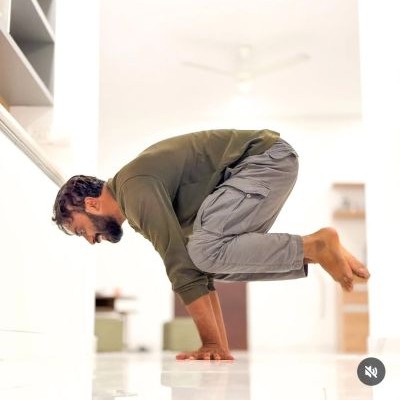 | 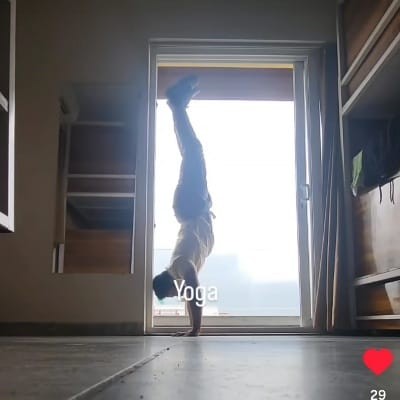 |
Over the next few years, my left-side hernia also gradually stopped protruding. For the past four years, both sides have remained stable. No pain. No bulge. No surgery.
Why Did This Work?
I’m not a doctor, and this isn’t medical advice. But reflecting on my journey, here’s what I think happened:
Yoga and calisthenics strengthened my core muscles, especially the transversus abdominis and obliques, creating a natural “corset” around the weak spot.
Consistent intra-abdominal pressure training taught my body to keep tissues contained.
Scar tissue and muscle reinforcement may have sealed or minimized the defect.
While mainstream medicine doesn’t recognize natural closure of hernias, my lived experience suggests that functional healing is possible.
A Personal Note
I want to be clear: if you have an inguinal hernia, don’t ignore medical advice. Surgery remains the standard recommendation. But if your symptoms are mild, and you want to explore strengthening as a supportive measure, yoga and calisthenics may help.
For me, these practices transformed what felt like an inevitable surgery into a story of recovery, resilience, and renewed strength.
